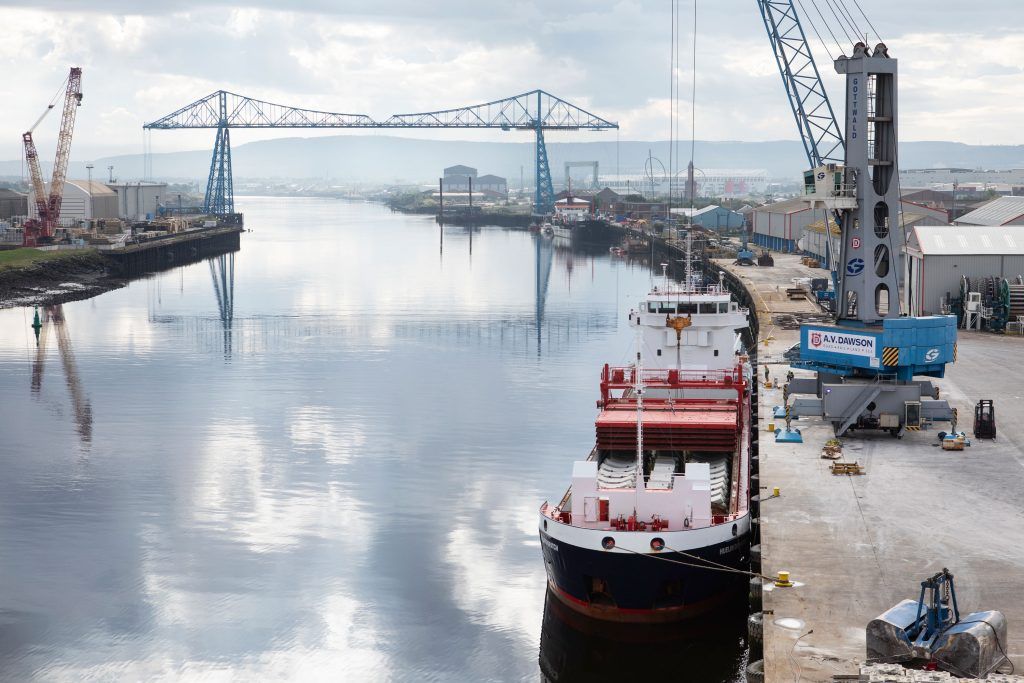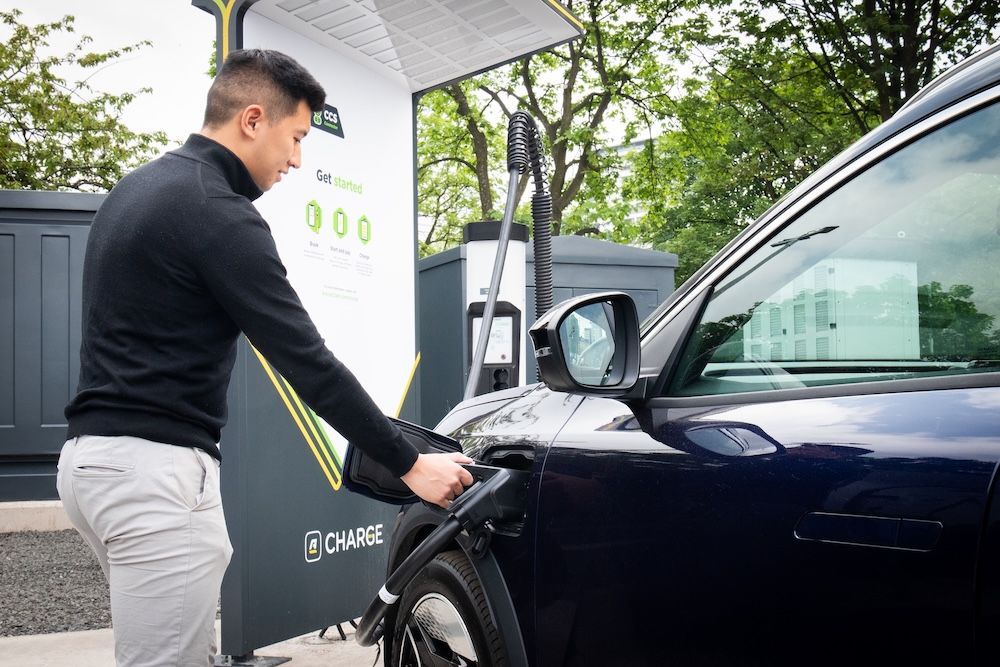A consortium of partners has announced the UK’s first demonstration of zero-emission marine technology in the Tees Valley. In a bid to show the path available for the maritime sector to decarbonise, the demonstration will convert a Lochin 33 ‘workboat’ into a dual-fuelled vessel acting as a testbed to prove the concept of a retro-fit green hydrogen solution.
For the purposes of the demonstration, the modified marine vessel will operate at sea, though the technologies are suitable for use by inland waterway vessels. The project is expected to take seven months, with trials running in Spring 2022.
As part of decarbonising land transport, Maritime Research and Innovation UK (MarRI-UK) believes it is possible to move by water more than 25% of the UK’s land haulage tonne km by 2030.
If achievable, MaRI-UK estimates that a successful transition will add £1.8 billion additional revenue to the UK, create 39,000 extra jobs and reduce land-based GHG emissions by 30-40%. However, the maritime industry has no plans or roadmap to create a zero-carbon short sea shipping network.
This ambitious project seeks to prove that a solution does exist, by operating – for at least three months – a concept demonstration vessel using a clean, safe, green-hydrogen marine transport solution in the controlled environment of the Port of Middlesbrough.
The technology and supply chain for this solution is currently untried in a real-world environment. Three major innovations are required to work simultaneously to create a demonstration of a commercial solution.
The first innovation is Durham Energy Institute’s (DEI) adaptation of their Free-Piston Engine Generator (FPEG2) to convert hydrogen to electric power. Secondly, inboard inverters will then drive Duodrive’s novel Motodrivetrain electric contra-rotating propulsion propellers.
Finally, the FarSight™ Energy Management System, a new concept for engine/motor control developed by Queen Mary University of London (QMUL), will optimise energy use and add novel capabilities to the fixed POD propulsion system.
The hydrogen will be stored on board in the latest Type 4 Luxfer cylinders approved for use by HGVs in the USA. In addition, Duodrive will use the trials to run a demonstration of a new slow-speed port-manoeuvring system which is currently in development with another InnovateUK project team.
A key component of this project is the provision of a Hydrogen Refuelling Station within the Tees Valley Multi-Modal Hydrogen Transport Hub – a living lab designed for the development of hydrogen powered transport systems, including small marine vessels. The Hub, and this marine vessel demonstration, are funded partly by InnovateUK and partly by industry.
The current partners involved in the project include Duodrive Limited, Durham University, Queen Mary University of London, and TRL. The quayside refuelling system, believed to be a first at least within UK, will be facilitated by Octopus Hydrogen.
To add further weight to the project, the experience of Carisbrooke Shipping will help broaden the application of the innovations to the Maritime sector.
John Carter, from Duodrive, said: “The deployment of “Green-Hydrogen” as a fuel in marine vessels is a complicated task for two main reasons: a lack of suitable hardware, and a general resistance to the use of hydrogen by users/owners due to supply and safety fears. A successful trial to a marine audience will need to demonstrate a safe, viable ‘end-to-end’ retro-fit solution including a reliable marine “Green-H2” refuelling infrastructure. It is our intention for this project to demonstrate exactly that.
“The Government’s expectation is that by 2025 all new vessels ordered for use in UK waters are designed with zero emission capability. However, there are some 65,000 small ships currently in operation with a normal life expectancy of 50 years, which means they will be in use far beyond the UK’s target for #NetZeroMaritime of 2035. Any zero-emission capability therefore has to be an affordable retro-fit solution.”
Image: DuoDrive








